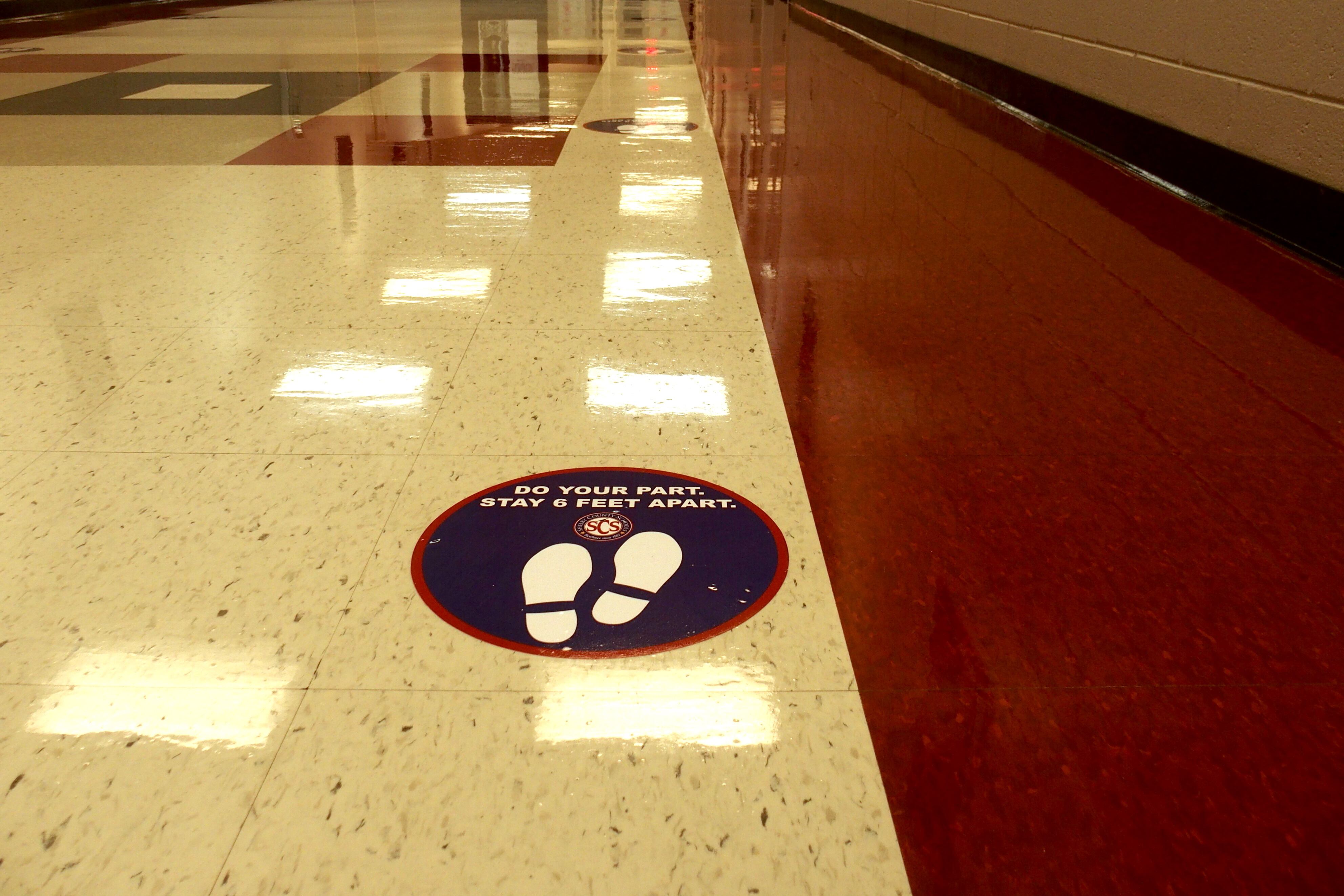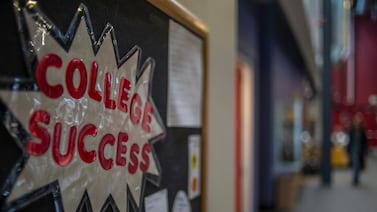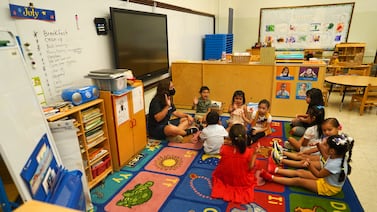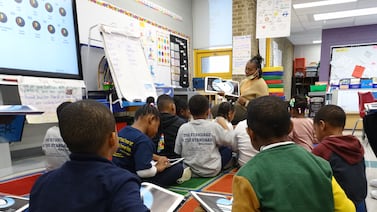Students in Aurora will return to in-person learning part time through a hybrid model next month.
Aurora was one of several districts in the state that started the school year online only through the first quarter. The district made the announcement for moving out of virtual learning Tuesday afternoon citing “lower rates of COVID-19 transmission.”
For elementary and middle school students, the start date is Monday, Oct. 12. For high school students, the start date is Tuesday, Oct. 20. Staff will be asked to start working from buildings Oct. 1.
The district is also planning to bring preschool and kindergarten students back to school earlier, by Sept. 28, similar to a plan in Denver. Preschool students will have four days per week of in-person instruction, while kindergarten students will attend twice a week.
In Aurora’s hybrid model for students in first grade through high school, all schools will divide all of their students into two groups and then assign alternating weeks for each group to attend in-person, with students learning remotely during the other week. Fridays will remain virtual learning days for all students.
Parents who don’t want their children to return to the classroom will have the option of remaining online only.
The model allows schools to deal with fewer students in each building at any given time, so that they can physically space them out more. While in school, students will also still be grouped together in cohorts, to limit their potential exposure. At the high school level, in-person class groups will be limited to 15 students.
The district said it is working to place siblings into the same group, and asked parents to work with their schools if their children were not placed on the same schedule. Parents must also reach out to schools by Tuesday, Sept. 22, if they want to change their previous decision between in-person and virtual learning.
The district decided to move to in-person instruction using guidance approved by the school board earlier this month. The guide lists nine metrics and assigns points based on where the data lie. The district must score a minimum point total to move into different phases of in-person learning.
Teachers speaking to the school board Tuesday after the plan was released raised concerns. Some worried that it was still too soon to return as community transmission of COVID continues, or objected to teacher and community input being left out of the design of the decision matrix.
Others worried that there would not be enough help at schools for teachers who have to simultaneously teach students who are in the building and those who are connecting remotely. A handful of parents have also spoken to the board for the past several weeks asking for a return to in-person learning.
Board members have struggled with how much to be involved in the decision.
Colorado allows school districts to decide whether to offer in-person learning or virtual learning. For the last few months, school districts have struggled to figure out what data they should use to guide those decisions.
A group of metro area public health officials last month created their own guide to help districts.
Aurora’s own decision matrix starts with that guide, which looks at three health measures: incidence rates, the trend in case rates, and the test positivity rate. Aurora’s matrix then adds several other factors, including whether a survey of building leaders shows 100% of them are ready to have students in their buildings, whether COVID cases among staff remain under 1%, and whether average daily attendance dips under 75%.
Superintendent Rico Munn said the district would heavily weigh any drop in student engagement as suggesting that more in-person learning is necessary.
When proposing the guide, the district presented samples of how many points the district would have earned at three recent dates. On Aug. 20, shortly after the start of the school year, the district would have earned 17 points out of 30.
Under the proposed guide, a minimum of 14 points is necessary for a “socially distant” approach to in-person learning, which means some form of hybrid learning. To have all students in schools full time using a cohort model to limit exposure, the district would need to earn at least 21 points.
The district will run the data every two weeks using the guide, and may still need to change plans if conditions worsen, or could later move to full-time in-person learning if they improve.







